Man könnte diesen Beitrag mit einer originelleren Feststellung beginnen als: Dr. Loosen hat im schwierigen Jahrgang 2014 einen echten Volltreffer gelandet! Man könnte sicherlich über ein originelleres, trendigeres Weingut schreiben. Und man könnte origineller über dieses Weingut schreiben, zum Beispiel einen Totalverriss. Könnte man alles. Geht aber nicht. Denn in Wahrheit ist Dr. Loosen bei genauerem Hinsehen ziemlich originell und spektakulär, und der Jahrgang 2014 ist ein echter Kracher!
Der Reihe nach: Dr. Loosen in Bernkastel, Mosel galt Anfang der 90er Jahre einer der hottest rising stars (Wine Spectator) unter den deutschen Rieslingerzeugern, 2001 kürte der Gault Millau Ernst Loosen zum „Winzer des Jahres“. Dann wurde es hierzulande etwas still. Die aufkommende Bloggerszene konnte sich nicht recht für die Weine des umtriebigen Ernst Loosen erwärmen, vielleicht auch, weil Loosen erst spät auf den Trend zur Erzeugung trockener Spitzenrieslinge einstieg. 2008 erzeugte er sein erstes Großes Gewächs (GG), heute sind es immerhin deren sechs. Und auch qualitativ haben Loosen und sein kongenialer Kellermeister Bernhard Schug enorm an der Qualitätsschraube gedreht. Dank moderatem Alkoholgehalt und langem Vollhefelager verbinden ihre GGs moseltypische Eleganz und Finesse mit großer Komplexität und Langlebigkeit. Mit den GG Reserven, die zwei oder mehr Jahre auf der Vollhefe liegen, erzeugt Dr. Loosen einige der spektakulärsten trockenen Rieslinge in Deutschland. Mehr über die trockenen Spitzenweine gibt es bald von Stuart.
Hier geht es um die trockenen Gutsrieslinge sowie die restsüßen Weine bis zu den Spätlesen des Jahrgangs 2014. Mag das Jahr auch schwierig gewesen sein, bei Dr. Loosen haben die auf den Punkt gereiften Trauben für elegante, mineralische und perfekt balancierte Rieslinge gesorgt. Bei allen Weinen spielt die Säure das Generalthema. Sie ist höchst präsent, aber nie spitz, sondern vor allem als intensiver mineralischer Geschmack erfahrbar. Das beginnt schon den Gutsrieslingen, die sehr unterschiedlich ausfallen, aber für mich zu den Jahrgangsbesten zählen. Der 2014 Dr. Loosen Blauschiefer Riesling trocken schmeckt im Moment durch und durch mineralisch, an der Hintertür klopft aber bereits der Pfirsich an. Die reife Säure und pure Mineralität bieten großes Trinkvergnügen. Noch eindrucksvoller ist der 2014 Dr. Loosen Rotschiefer Riesling trocken, dessen Säure sehr präsent und seidig zugleich wirkt und immer wieder kühle Aromen von Pfirsich, Aprikose oder Walderdbeeren freigibt. Aus der offenen Flasche entwickelt sich dieser Wein im Verlauf einer Woche aufs Beste und erreicht nach acht Tagen seinen Höhepunkt. So lange muss man beim 2014 Graacher Himmelreich Riesling feinherb nicht warten. Die Restsüße ist perfekt integriert, weißer Pfirsich, ein Hauch Nougat und Orangenzeste steigen in die Nase, während am Gaumen zur Zeit Fenchel, Kümmel und nasser Stein den Ton angeben, aber auch hier kündigt sich viel Frucht an.
Die vier Riesling Kabinett-Weine schmecken naturgemäß sehr unterschiedlich. Aber sie sind allesamt feingliedrige, moseltypische Kabinettweine wie aus dem Bilderbuch. Während der 2014 Wehlener Sonnenuhr Riesling Kabinett in seiner noblen Zartheit dem Spitzentanz einer Ballerina ganz in weiß gleicht, schlägt das 2014 Erdener Treppchen Kabinett mit seiner typischen Windhund-Rasse am Gaumen einen atemberaubenden salto mortale. Tief in sich ruhend, kühl und nobel zeigt der 2014 Ürziger Würzgarten Kabinett feine Aromen von Ananas und orientalischen Gewürzen. Seine Zeit kommt noch. Hingegen ist die des 2014 Bernkasteler Lay Kabinett bereits angebrochen. Nach ein paar Tagen Luftzufuhr in der offenen Flasche entfaltet dieser Wein eine geradezu unwiderstehlich erotische Anziehungskraft.
Die restsüßen Spätlesen verbergen ihre Säure zunächst. Der 2014 Wehlener Sonnenuhr Riesling Spätlese entströmen florale und Pfirsicharomen, am Gaumen dominiert der Pfirsich, der Wein wirkt fast etwas üppig, aber doch nie fett. Unter viel Luftzufuhr kommt eine tolle Säure ins Spiel und diese Spätlese fängt an zu tanzen. Anders die 2014 Erdener Treppchen Riesling Spätlese, die von Anfang an ihre Rasse ausspielt und mit floralen Aromen und etwas weißem Pfirsich glänzt, während die sehr dicht gewirkte 2014 Ürziger Würzgarten Riesling Spätlese mit ihren Pfirsich-, Ananas- Tabak- und Gewürzaromen ein klassisches Drama aufführt, das erst in vielen Jahren seinen glücklichen Ausgang nehmen wird.
Eine eindrucksvolle Leistung, also, die dieses Weingut 2014 vollbracht hat. Sie wird in den Schatten gestellt durch die große Konstanz, mit der Dr. Loosen zuletzt selbst unter schwierigen Witterungsbedingungen einen ausgezeichneten Jahrgang an den anderen reihte.

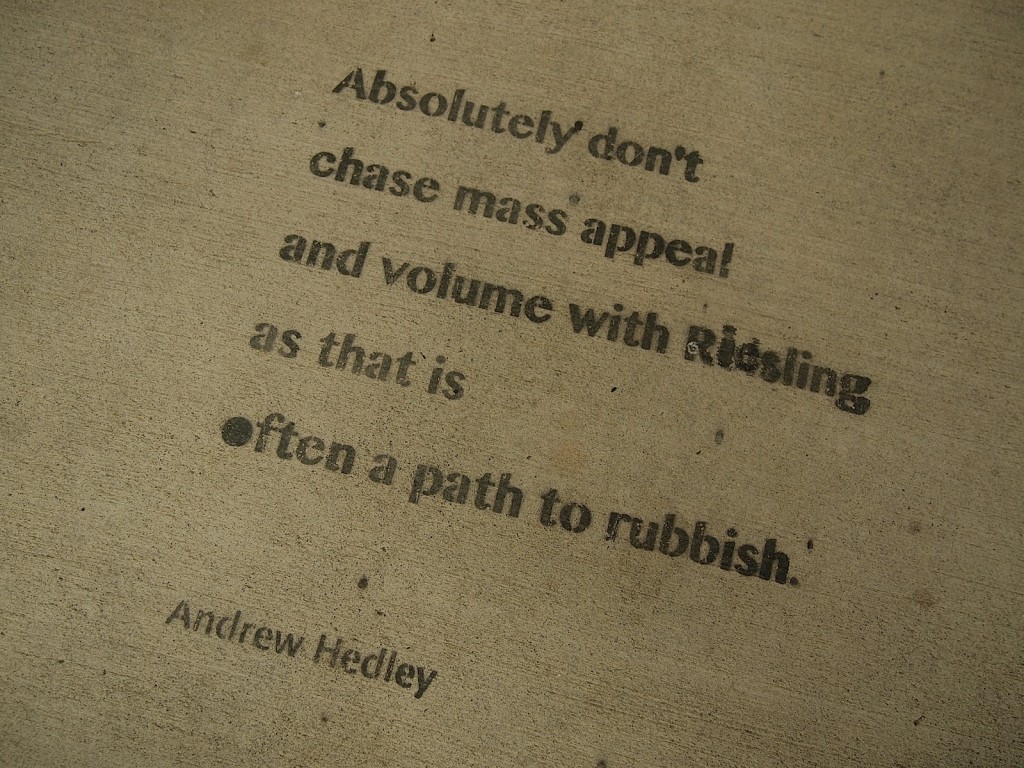
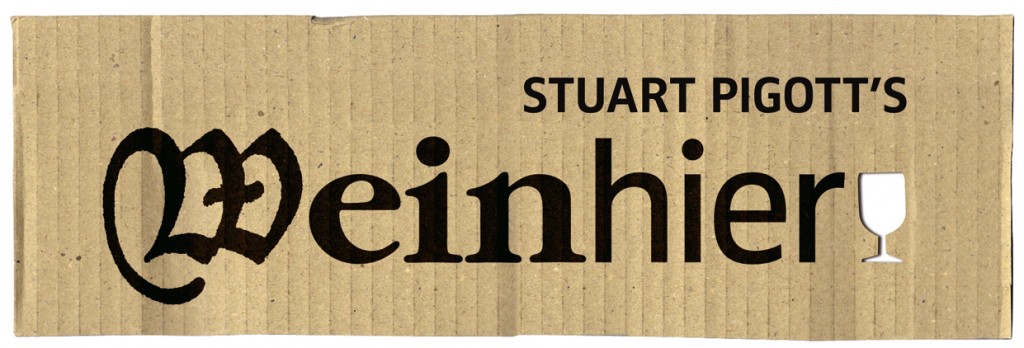
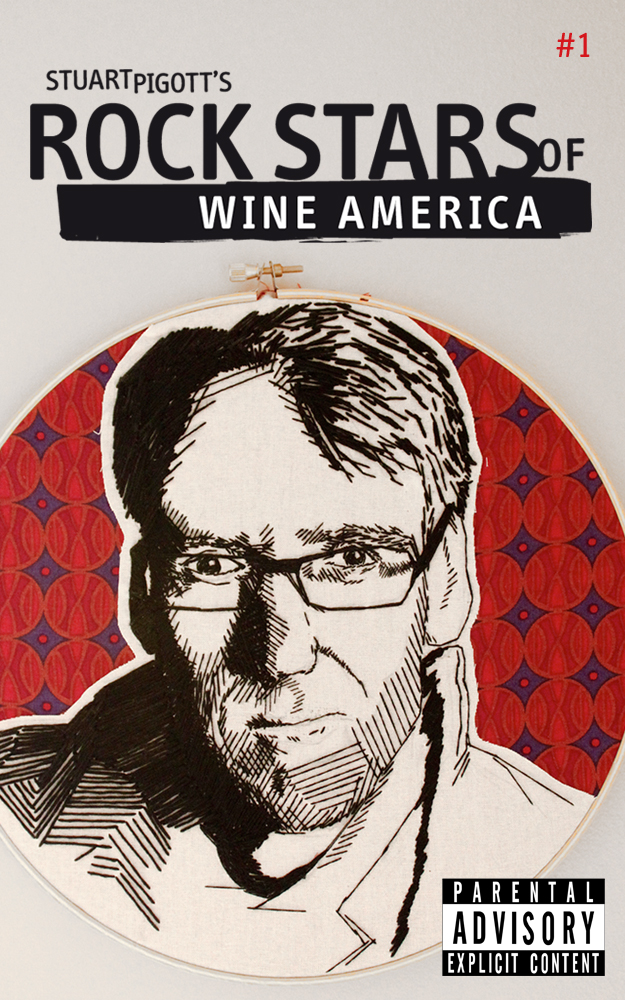
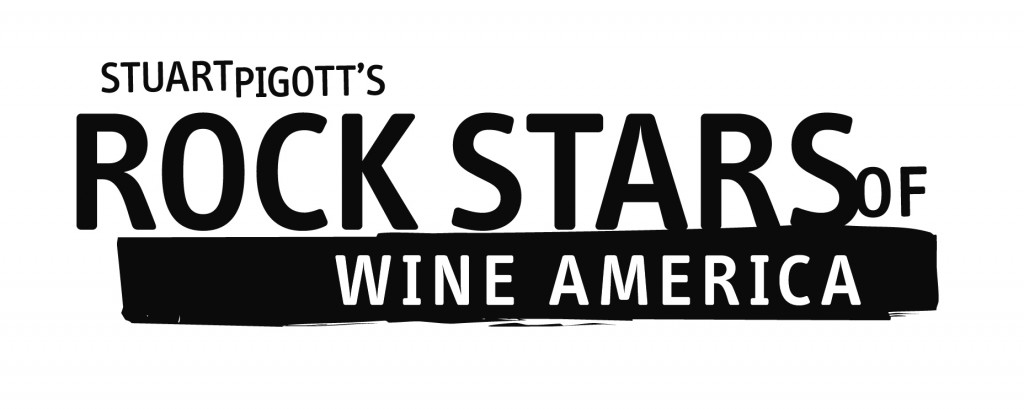

![120114_riesling_global_RZ [1600x1200]](http://www.stuartpigott.de/wp-content/uploads/2015/09/120114_riesling_global_RZ-1600x12007.jpg)
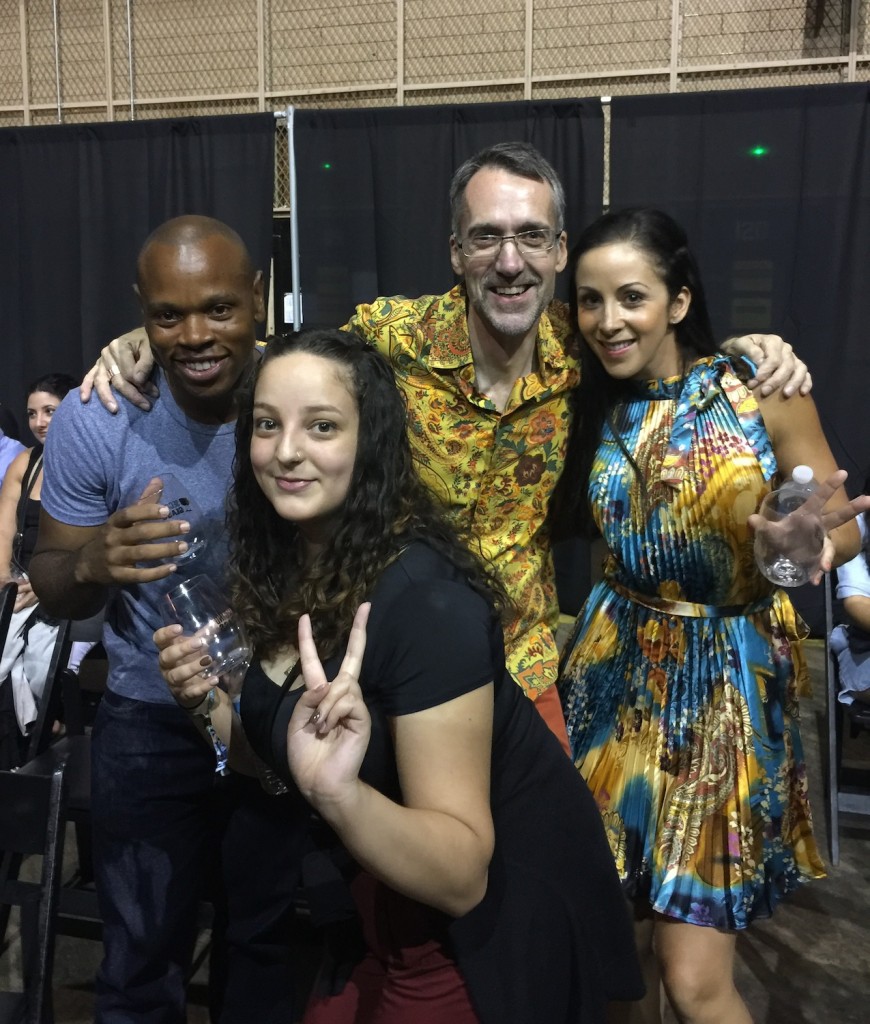

![120114_riesling_global_RZ [1600x1200]](http://www.stuartpigott.de/wp-content/uploads/2015/09/120114_riesling_global_RZ-1600x12006.jpg)
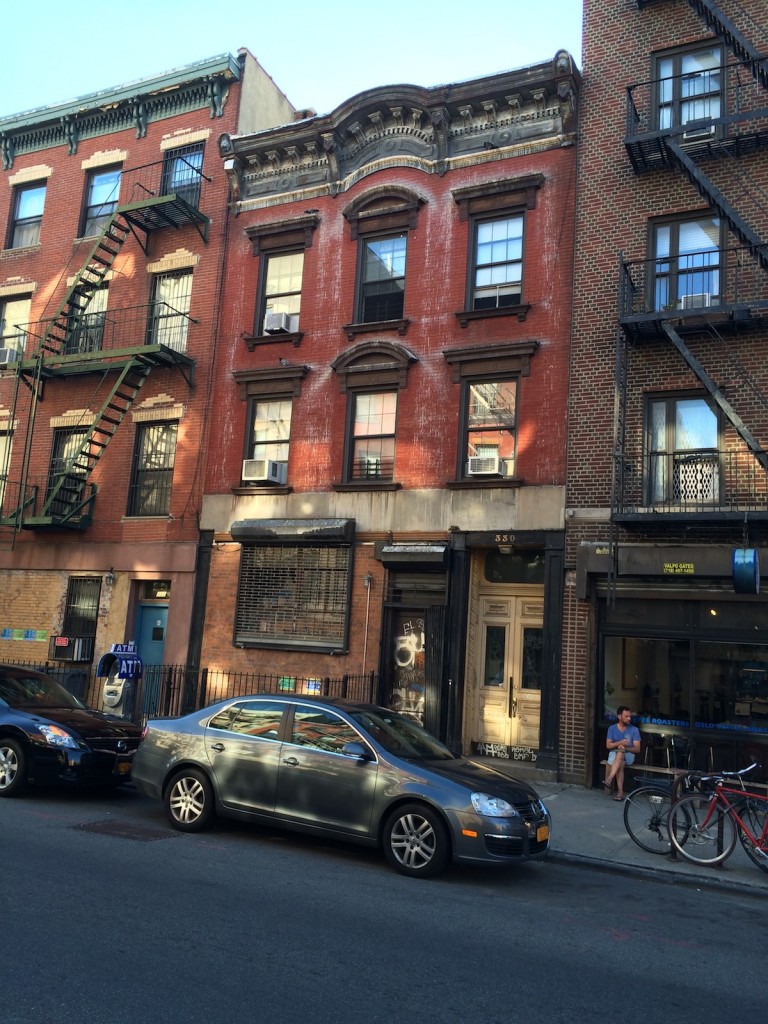
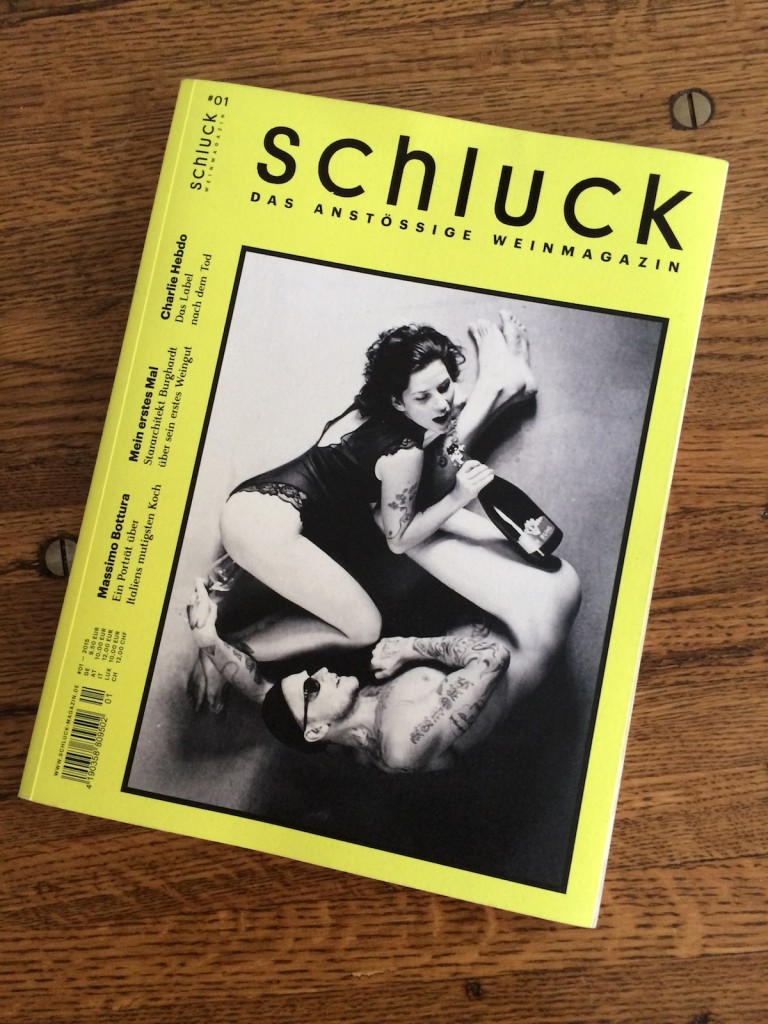
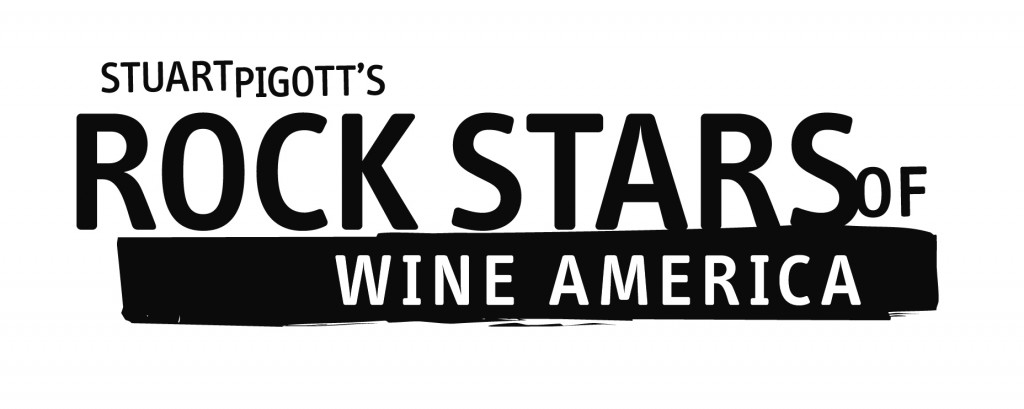
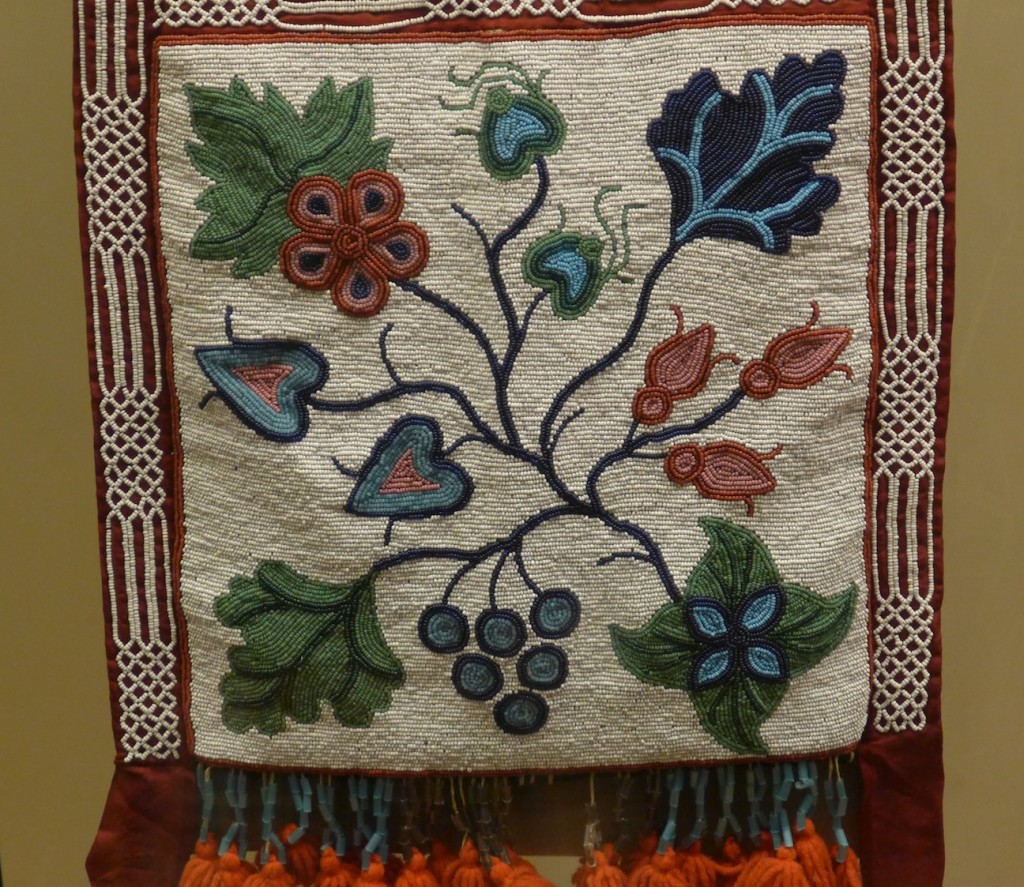
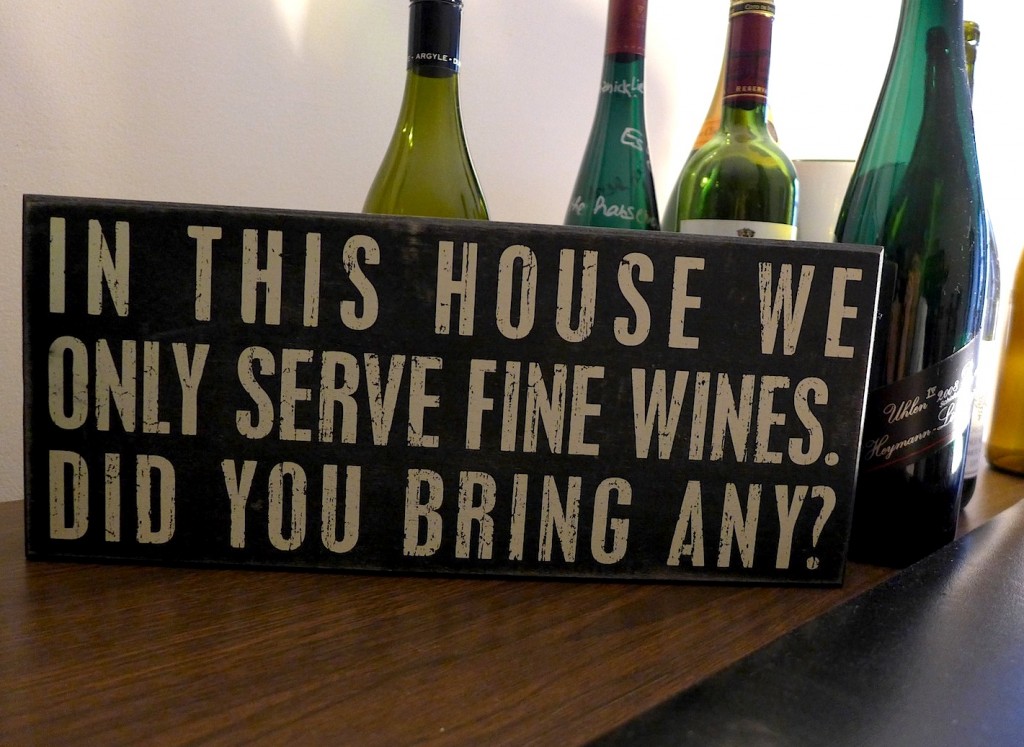
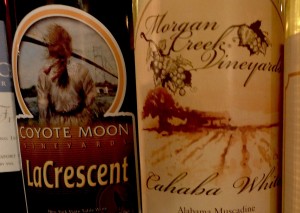
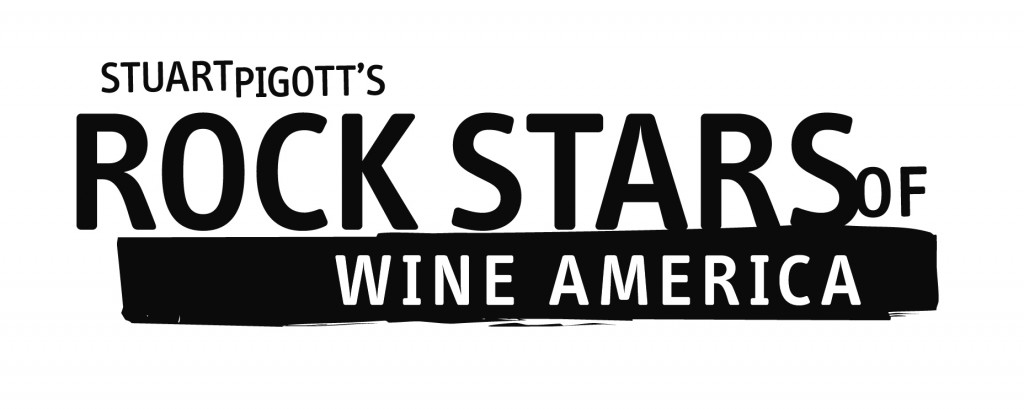
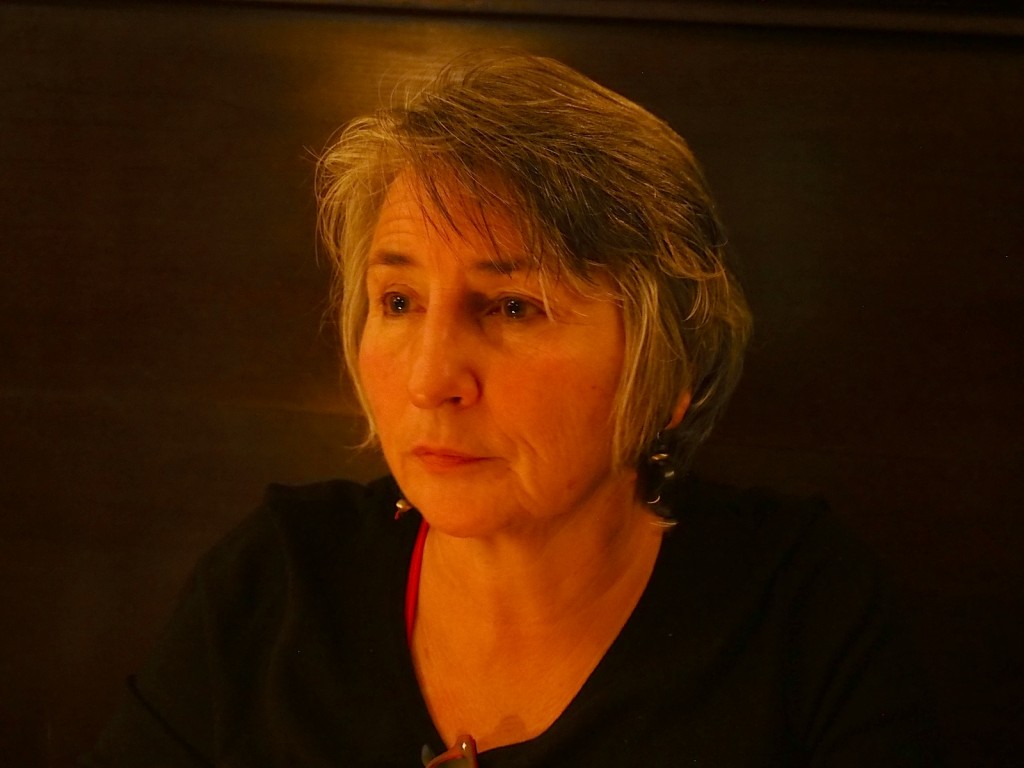
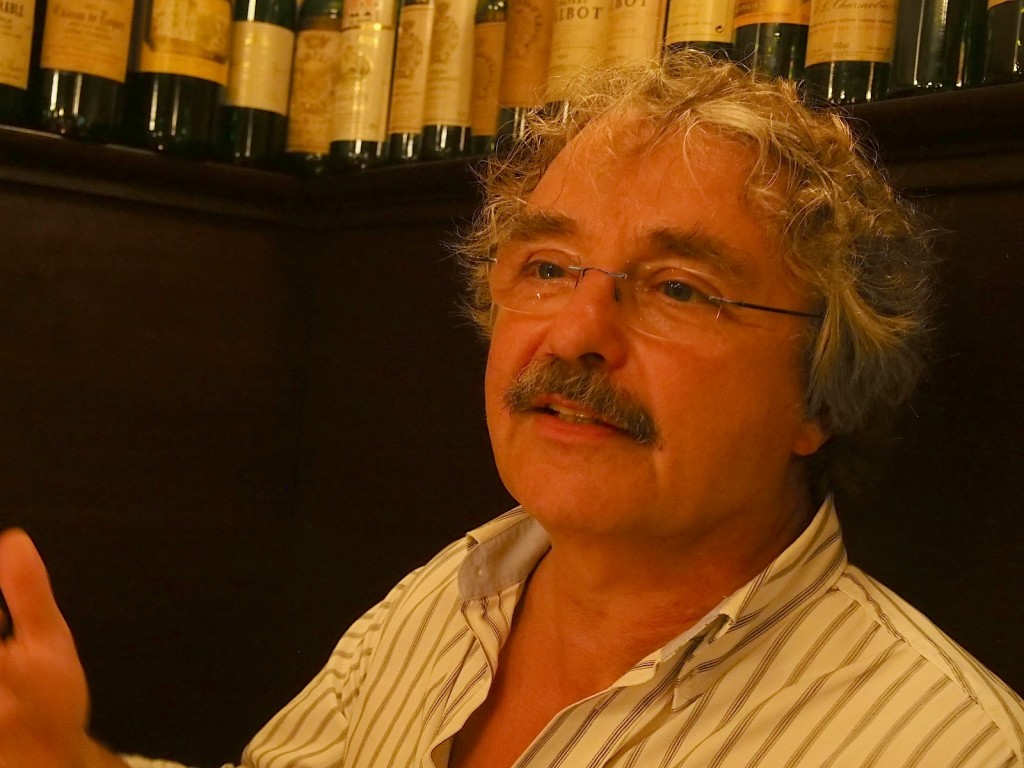
![120114_riesling_global_RZ [1600x1200]](http://www.stuartpigott.de/wp-content/uploads/2015/09/120114_riesling_global_RZ-1600x12003.jpg)
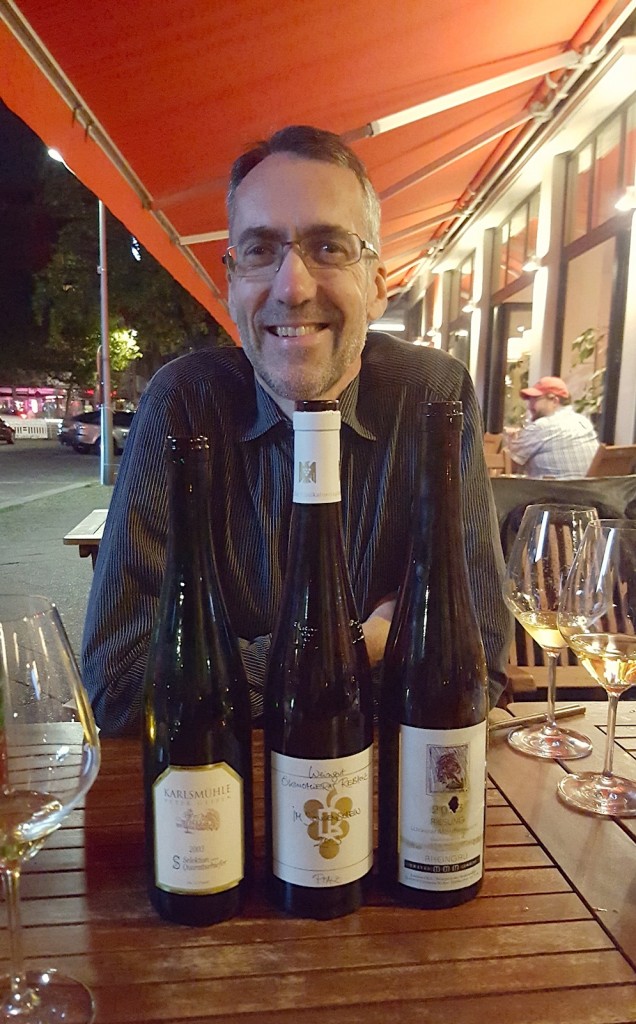
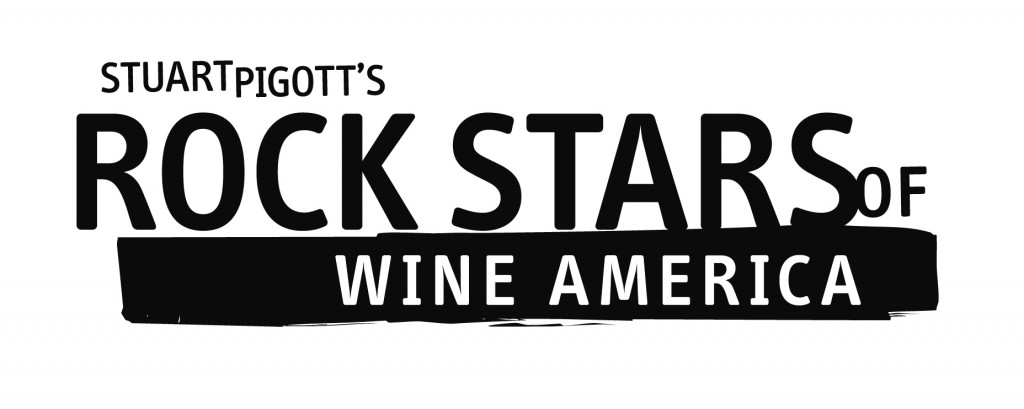
![120114_riesling_global_RZ [1600x1200]](http://www.stuartpigott.de/wp-content/uploads/2015/09/120114_riesling_global_RZ-1600x12002.jpg)

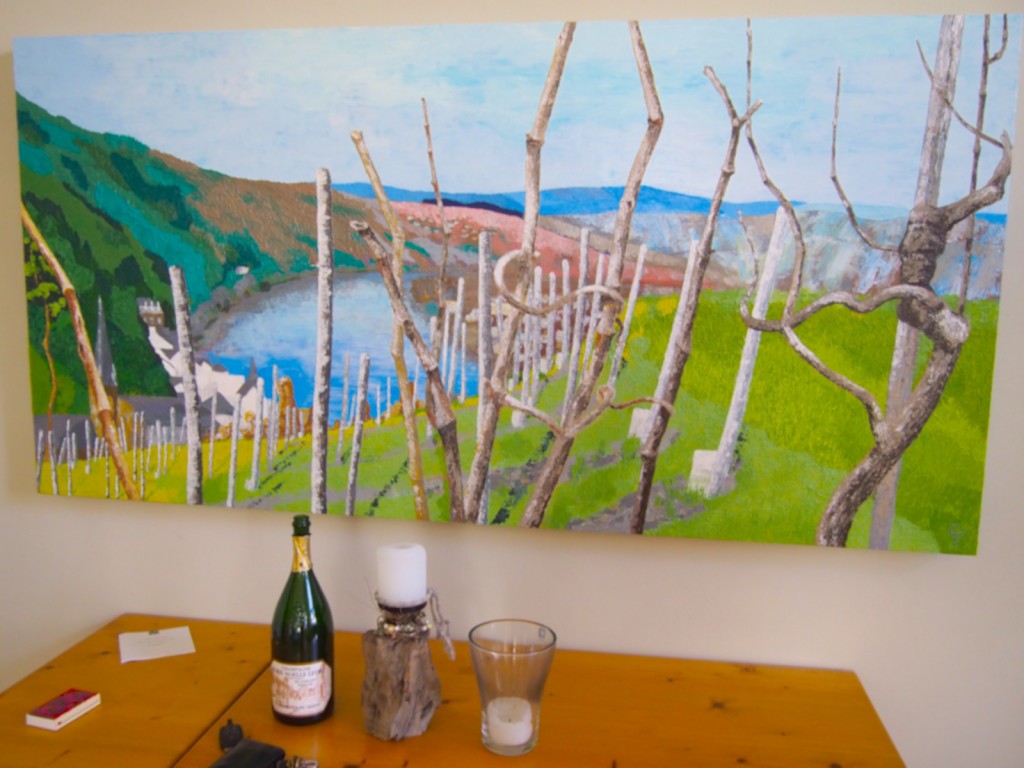
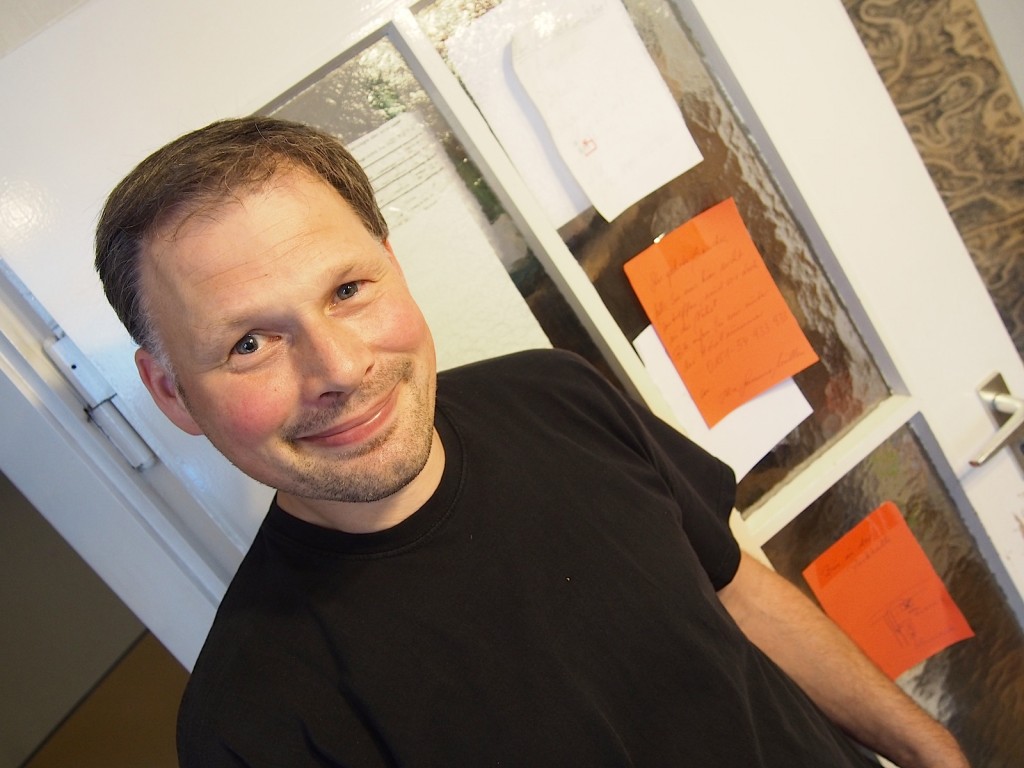
![120114_riesling_global_RZ [1600x1200]](http://www.stuartpigott.de/wp-content/uploads/2015/09/120114_riesling_global_RZ-1600x12001.jpg)
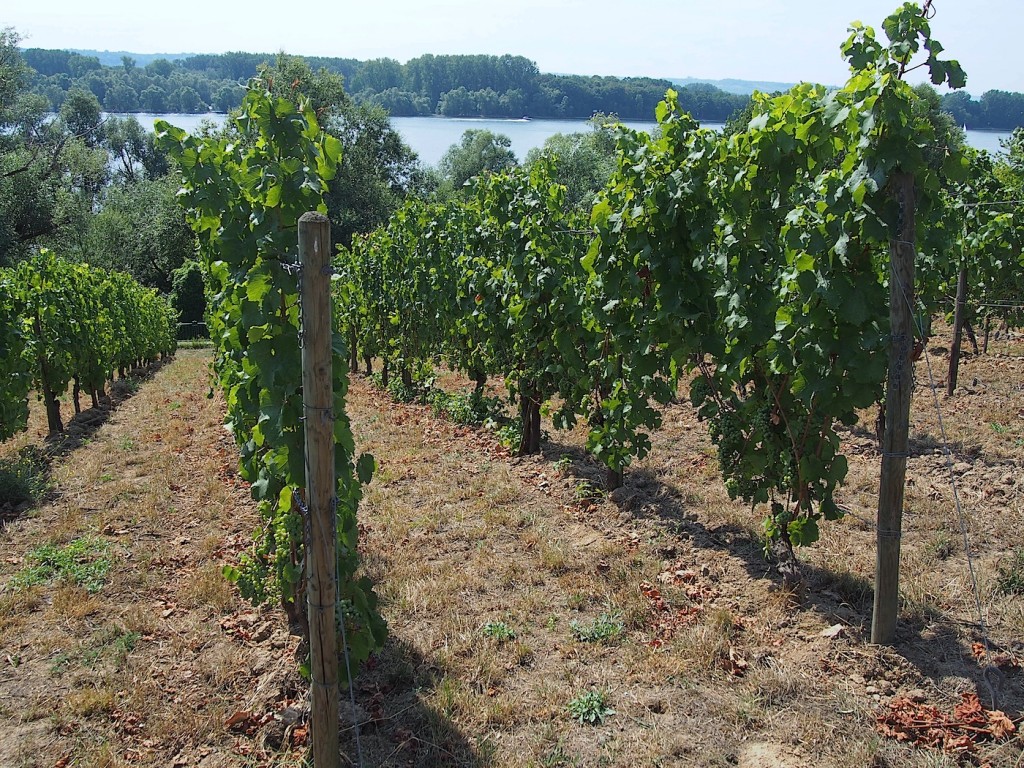
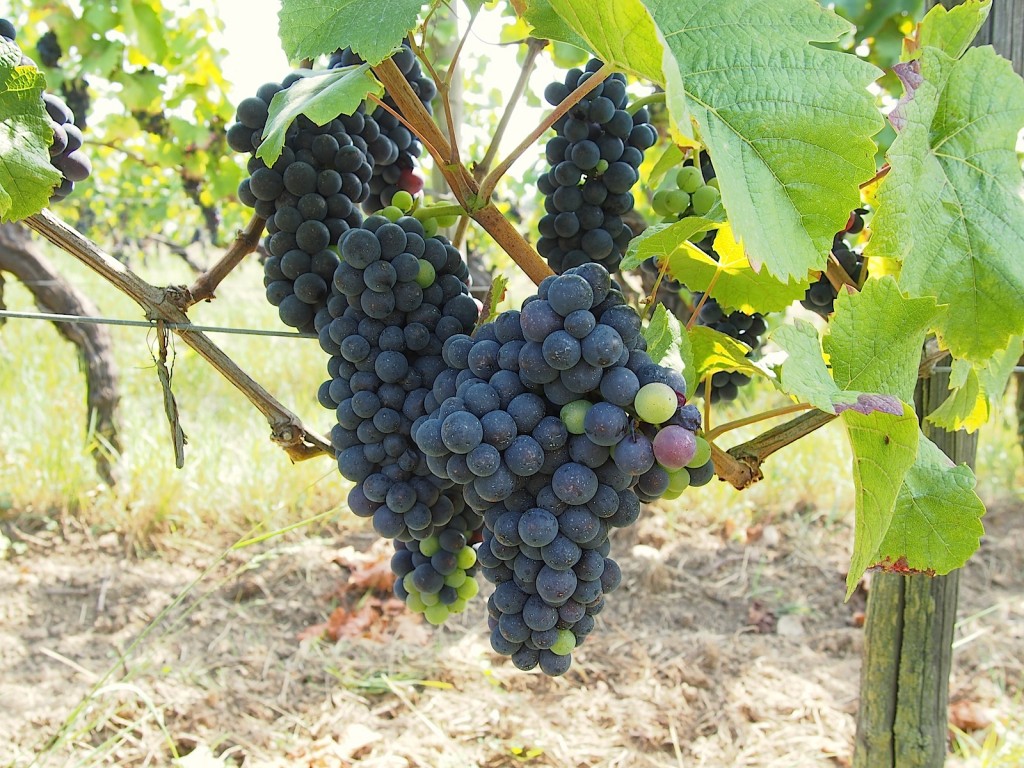
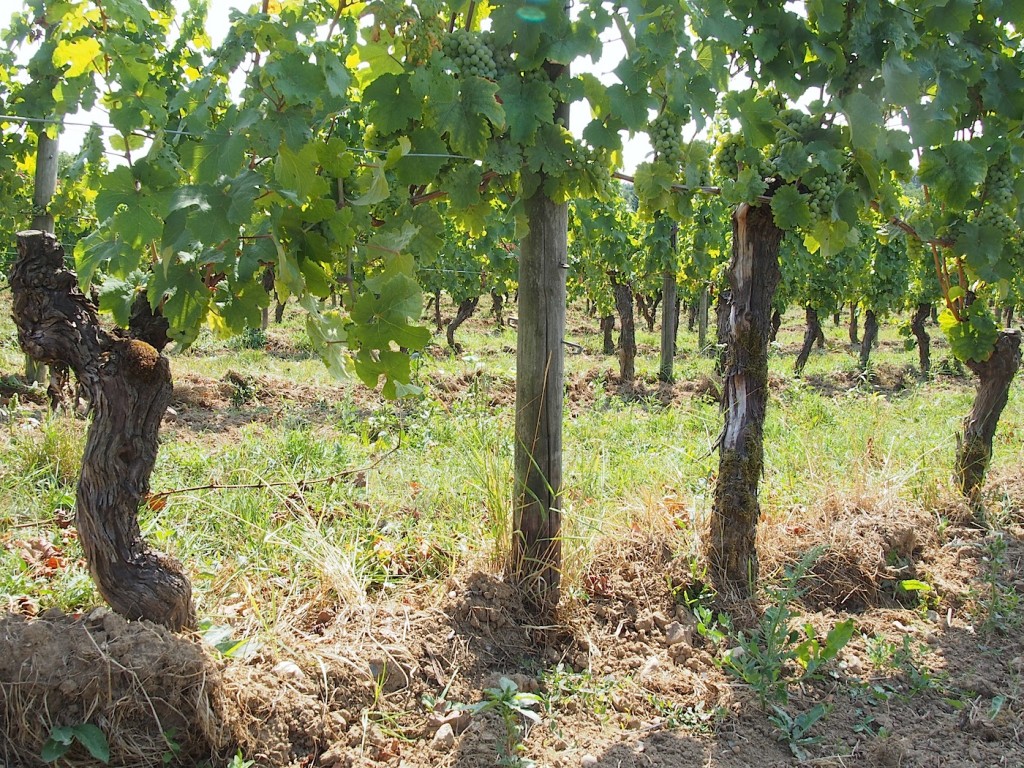
![120114_riesling_global_RZ [1600x1200]](http://www.stuartpigott.de/wp-content/uploads/2015/08/120114_riesling_global_RZ-1600x12008.jpg)